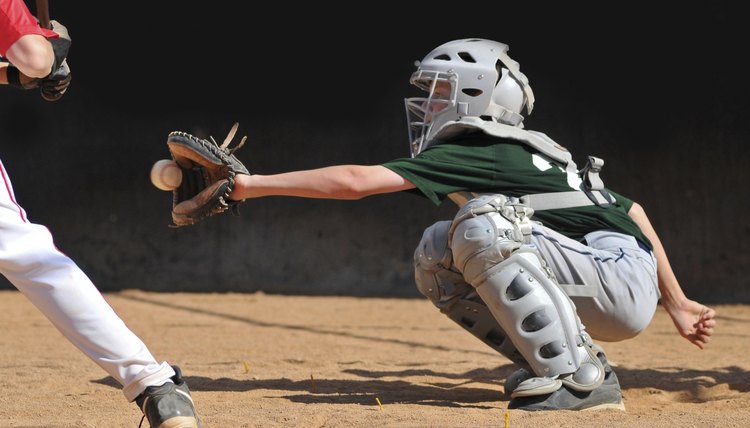5 Things You Need to Know About Getting Hit with a Baseball

Each year, hospital emergency rooms see more than 95,000 baseball-related injuries. While many consist of minor sprains or muscle strain, some serious injuries come from getting hit with a baseball or a baseball bat. Contact from a baseball to an unprotected head can cause a concussion or intracranial bleeding. A blow to the chest can be particularly dangerous to children, whose chest walls compress more easily. On average, three to four people die from baseball injuries annually. In baseball, you need to keep your eye on the ball to not only succeed but also to prevent injury.
What are the signs of a concussion?
A concussion is one of the most common injuries when you get hit in the head with a baseball. Concussions are a form of traumatic brain injuries that can be tricky to diagnose. This is because a person doesn't need to lose consciousness to have a concussion.
Occasionally, concussions also occur from a hit on another part of the body that sends an "impulsive force" message to the head through the body's nervous system. Concussion symptoms may show up immediately or days later.
Symptoms of a concussion include:
- nausea,
- fuzzy vision,
- problems with thinking,
- loss of consciousness
- and amnesia.
See a doctor if you think a concussion has occurred, and understand that multiple concussions over a lifetime can lead to permanent brain damage.
Make sure qualified healthcare personnel are available at baseball games to assess injuries and provide first aid.
What gear should you wear to prevent baseball injury?
Sports injuries from a baseball impact can be limited by wearing appropriate safety gear.
- For catchers, this means chest protectors, helmets, masks and neck protectors that meet safety standards.
- Batters are most at risk from being hit by a baseball. Wearing baseball helmets are a must when batting, waiting to bat or running bases. Often a basic helmet isn't enough so players should consider wearing a variety of face guards or even sports goggles.
Players can prevent damage to other body parts by wearing shin, elbow, or ankle guards.
What are low impact baseballs?
When appropriate, use low-impact baseballs for children 14 and under playing little league baseball. These baseballs maintain the same shape and size as a baseball while being softer for impacts.
The National Operating Committee on Standards for Athletic Equipment (NOCSAE) tests safety sports equipment, providing a safety seal of approval when items pass.
In recent years, baseballs joined helmets and facemasks in sports equipment testing. An approved low-impact baseball carrying the NOCSAE stamp is less likely to cause a serious head or chest injury.
An approved low-impact baseball carrying the NOCSAE stamp is less likely to cause a serious head or chest injury.
Should bystanders worry about injury?
Don't think that because you're not playing baseball you can't get hit with a ball. Baseballs can come from anywhere at anytime, whether it's players warming up or a foul ball hit over the backstop.
The most important thing is to pay attention when a ball is in play, because taking your eyes off the action could lead to slow reaction time for an errant ball.
Players not actively playing should remain behind the protective fencing of a dugout.
The most important thing is to pay attention when a ball is in play, because taking your eyes off the action could lead to slow reaction time for an errant ball.
Writer Bio
Blaise is a Freshman at the University of Missouri, studying Journalism at the world-renowned J school. He is the host of the Fast Five Podcast with his Childhood friend Sam Sinclair and interns with the Sports AI platform Pine Sports. He is a huge fan of the Kansas City Chiefs and the St Louis. Cardinals and hopes to cover them professionally in his near future.
